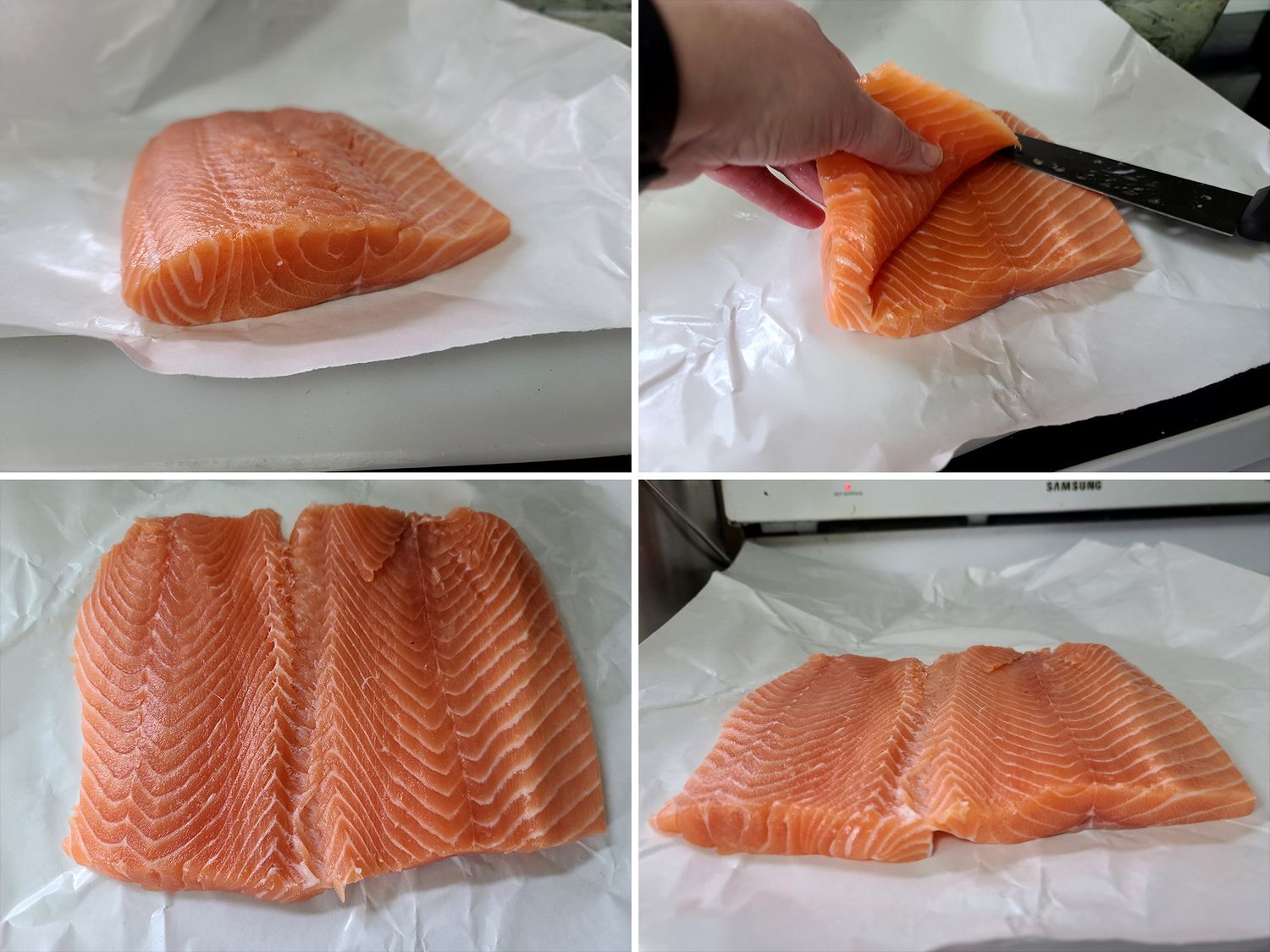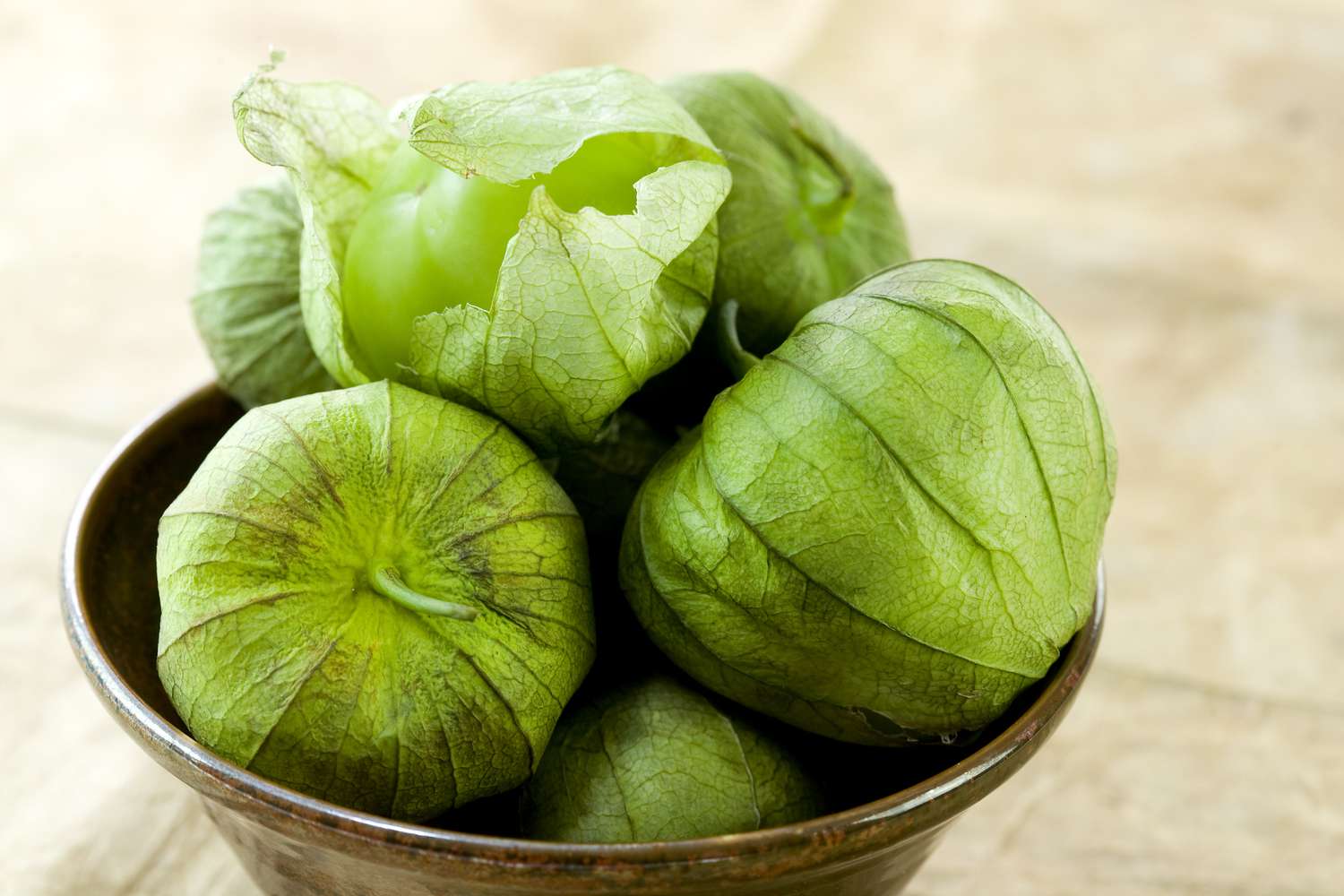Mastering the Art of Butterfly Fish Fillet
Butterflying a fish fillet is a technique that can elevate your cooking game to a whole new level. It not only enhances the presentation of the dish but also allows for even cooking and seasoning throughout the fillet. Whether you’re a seasoned chef or a novice cook, mastering the art of butterfly fish fillet can open up a world of culinary possibilities.
Choosing the Right Fish
Before you begin the process of butterfly filleting, it’s important to choose the right type of fish. Opt for varieties such as snapper, trout, or flounder, which are well-suited for this technique due to their size and shape.
Preparing the Fillet
Start by placing the fish on a clean cutting board and patting it dry with paper towels. Using a sharp knife, make a deep cut along the length of the fillet, stopping just short of the edge. Be sure to keep the fillet intact at the other end.
Butterflying the Fillet
Once the initial cut is made, open up the fillet like a book, taking care to lay it flat on the cutting board. Use the knife to gently slice through the thicker part of the fillet, ensuring that it remains attached to the thinner side. The end result should be a fillet that opens up like a butterfly’s wings, hence the name “butterfly fillet.”
Removing the Bones
After butterflying the fillet, carefully remove any remaining bones using a pair of fish tweezers or pliers. It’s essential to run your fingers along the fillet to detect any small bones that may have been missed during the initial cleaning process.
Seasoning and Cooking
With the fillet now butterflied and bone-free, it’s time to season it according to your recipe. Whether you prefer a simple sprinkle of salt and pepper or a more elaborate marinade, be sure to season both sides of the fillet evenly. When it comes to cooking, butterfly fillets cook quickly and evenly, making them ideal for grilling, pan-searing, or baking.
Benefits of Butterfly Filleting
Butterfly filleting offers several advantages, including:
- Even Cooking: The butterfly technique allows for more even cooking, ensuring that the fillet cooks through without becoming overdone on one side.
- Enhanced Flavor: By opening up the fillet, you create more surface area for seasoning and flavor absorption, resulting in a more flavorful dish.
- Improved Presentation: Butterfly fillets present beautifully on a plate, making them an impressive option for dinner parties or special occasions.
Experimenting with Flavors
Once you’ve mastered the art of butterfly fish fillet, don’t be afraid to get creative with flavors and seasonings. From zesty citrus marinades to aromatic herb rubs, there are endless possibilities for enhancing the natural flavors of the fish.
Conclusion
Learning how to butterfly fish fillet opens up a world of culinary opportunities, allowing you to create visually stunning dishes with enhanced flavors. With the right technique and a bit of practice, you’ll soon be impressing your family and friends with your newfound culinary skills.
So, the next time you’re in the kitchen, consider trying your hand at butterfly fish filleting and discover the difference it can make in your cooking.
Recipes and More Ways to Use Your Butterfly Fillets
Now that you've mastered the art of butterflying fish fillets, a plethora of culinary creations awaits your skilled hands in the kitchen. Test your newfound prowess with recipes like Grilled Butterflied Trout with Lemon and Herbs for a zesty, fresh dish perfect for summer evenings. Alternatively, the Butterflied Snapper with Mediterranean Salsa offers a delightful taste of the Mediterranean with every bite. For those who enjoy a rich, savory flavor, the Pan-Seared Flounder with Garlic Butter Sauce is a must-try. Each recipe leverages the butterflying technique to enhance the fish's texture and flavor absorption, promising a delicious meal that showcases your culinary skills.








